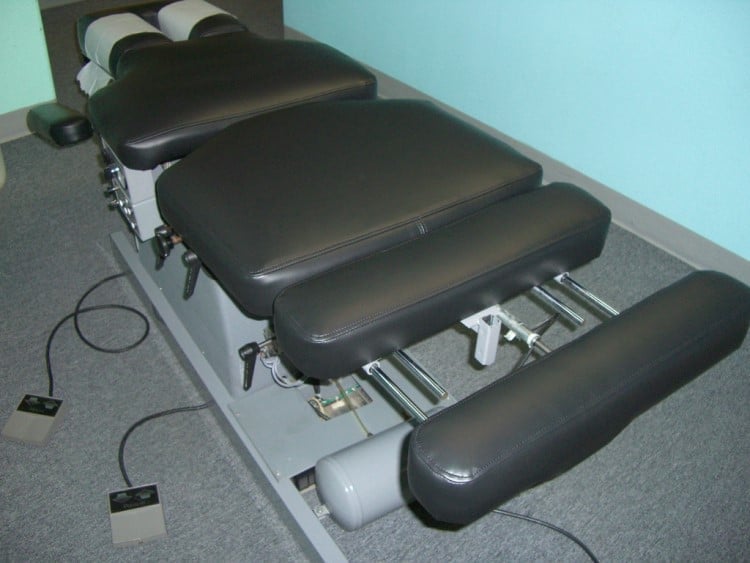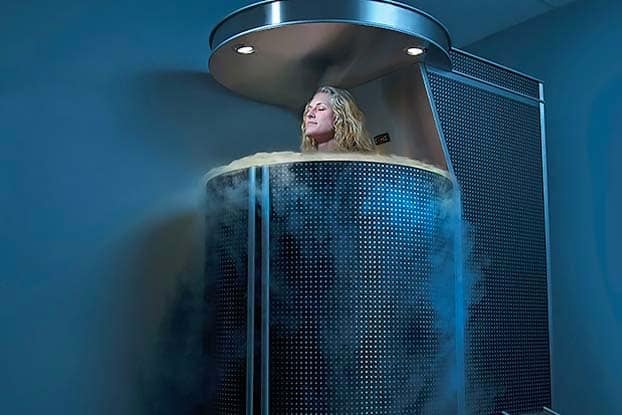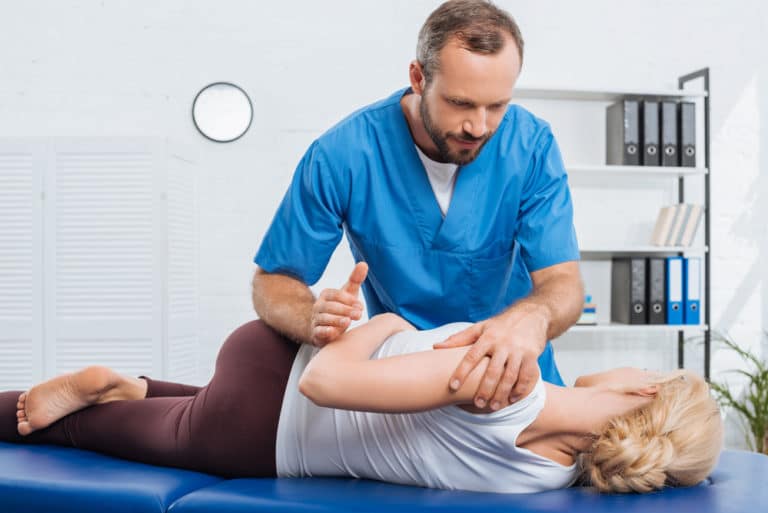What Equipment Do Chiropractors Use?
If you are new to the idea of receiving chiropractic care for your assorted pains and afflictions, you may not be aware of just how many chiropractic supplies are used to help adjust your spine and alleviate your pain.
From specially created chiropractic tables, to tools for adjusting your spine, and even devices which utilize wavelengths of light to interact with tissues and help with the healing process, you better believe your chiropractor will be using more than just his/her hands when they perform their adjustments.
We have compiled a list of the six most common chiropractic tools that you might encounter in any given chiropractic office.
Chiropractic Tools
1. Chiropractic Tables
For adjustments which require extreme skill and precision, and which often include the chiropractic table as a part of the adjustment itself, a chiropractor cannot simply purchase any table for their offices. Multiple types of specially-designed and created chiropractic tables exist for the many differing styles of chiropractic care.

List of Chiropractic Tables
- Flexion Tables – Extremely common table because Flexion Distraction chiropractic technique is very common, and Flexion tables can contain airdrops or manual drops.
- Elevation Tables – Elevation tables are used by chiropractors who believe that patient height is important, and the table will place patients at the best height for the most comfort and greatest possible outcome.
- Hi-lo Tables– In addition to raising patients horizontally, you can also raise them vertically with this table. This is particularly help for less mobile patients.
- Stationary Tables– Low maintenance table with fewer moving parts. While they don’t offer the same advantages of some of the more complex tables, stationary tables have less that that can break or malfunction.
- Decompression Tables– Designed mostly for accident victims and patients with degenerating, herniated, or bulging discs, these tables elongate the spine in an attempt to lessen pains in the back or leg area.
2. Ultrasound
Utilizing the same ultrasound technology that most of you will be familiar with from either pregnancy or heart scans, therapeutic ultrasound has utility within the chiropractic arena as well.
Ultrasound therapy in a chiropractic setting is used to reduce muscle pain and movement dysfunction. Ultrasound uses sound waves to administer deep heat to the affected tissues. Treatments may help minimize stiffness and pain, promote pain-free movement, and increase circulation. Ultrasound therapy may be performed by itself, or in conjunction with stretching, massage, or light manipulations. An additional benefit of ultrasound therapy is that it is not only considered painless, but also feels relaxing.
3. Cold Laser
Cold lasers are handheld devices used by chiropractors, which are placed directly over the injured area for 30 seconds to minutes, depending on the size of the area being treated and the dose being administered.
While the laser is being used, the non-thermal photons of light that are emitted pass through the layers of the skin, between 2-5cm deep. When the light energy passes through the skin and reaches the affected area, it is absorbed and interacts with the light sensitive elements inside the cell.
When cells absorb this light energy, it sets off a chain reaction in the cell that is believed to result in the fixing of damaged tissue, and a reduction in pain and inflammation by increasing intra-cellular metabolism.
4. Activator Adjusting Tool
Activator adjusting tools are high-speed, low force chiropractic instruments. Activator adjusting tools provide accurate and consistent thrust during chiropractic treatments, to help heal injuries of the spine and extremities. The Activator tool is designed to deliver a mild thrust which is gentle enough to be used on pediatric and geriatric patients, but effective for patients of any age.
5. TENS Machine
TENS (Transcutaneous Electrical Nerve Stimulation) units are small devices with electrodes attached, that send stimulating pulses along nerves and over the surface of the skin. These electrical impulses help to minimize pain by encouraging the body to produce endorphins, which act as an all-natural analgesic.
Tens machines have adjustable settings to control the amplitude of stimulation through voltage, current, and pulse width.. Electrodes are placed at the patient’s site of pain. Current-producing electrodes stimulate specific nerve pathways to generate a tingling sensation which reduces the perception of pain.
6. Cryochamber/Cryosauna
Perhaps not as common as some of the other items on this list, but cryotherapy is starting to become more widely used in chiropractic settings as an additional therapy to help heal and regenerate.
Cryotherapy focuses on exposure to subzero temperatures. The extreme cold experienced within a cryosauna stimulates sensors on the skin, activating a response from the Central Nervous System. Endorphins, which inhibit pain and elevate mood, are then released, while the strengthened blood circulation actually decreases inflammation, as toxins and metabolic waste are eliminated by a supply of oxygen & nutrient-enriched blood that stimulate cellular regeneration. This, in turn, can lead to faster healing.


